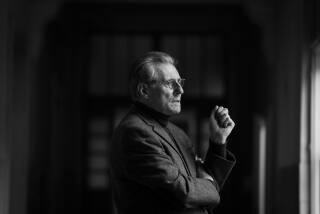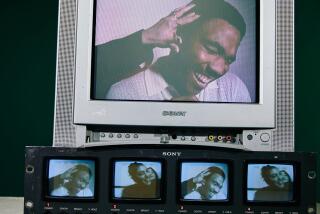- Share via
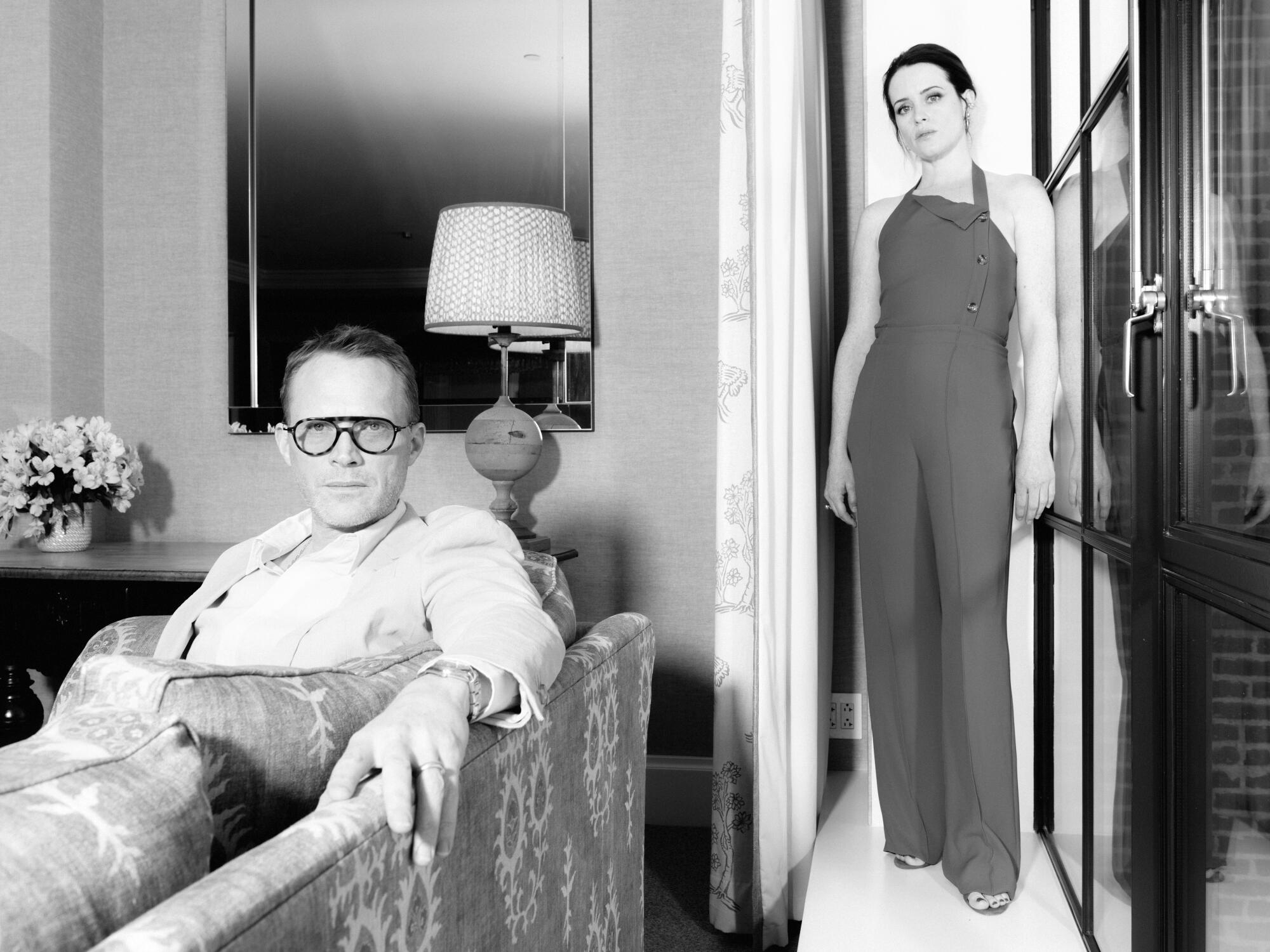
Claire Foy and Paul Bettany had never met before arriving on the set of “A Very British Scandal.” But both were drawn to the three-episode limited series, which stars Foy as Margaret Campbell, Duchess of Argyll, and Bettany as Ian Campbell, 11th Duke of Argyll, because they hoped to work with the other.
“There was some very heavy reluctance on my part, because I wasn’t particularly looking to play another posh English lady,” Foy recalls of being sent the scripts, written by Sarah Phelps. “And so I was a bit nervous about that. And a bit like, ‘I don’t know whether I’ve got enough in me to make that interesting.’ But then they were talking about who the man would be who [would play] Ian, and Paul’s name was there. I said, ‘Well, that’s interesting. Wouldn’t that be nice if he wants to do it?’ And then he did actually want to do it.”
“It ticked a lot of boxes for me,” confirms Bettany, who was Emmy nominated last year for his performance in “WandaVision.” “I wanted to work with Claire. I wanted to do something back in England — because I don’t believe they really believe you exist unless you’re on the telly. And I wanted some sort of counterprogramming where I got to play a less fluffy, nice, warm person.”
Although the pair had a few Zoom calls leading up to the production, they didn’t overly discuss the tumultuous relationship with Margaret and Ian, whose public divorce trial caused a media frenzy in 1963. COVID prevented the cast from traditional rehearsals, but both actors pushed for a few days of preparation with director Anne Sewitsky, which Foy says were “really helpful.” The concept was to shoot the series, which was filmed in London and Scotland, including at the real Inveraray Castle, in a more modern style, but to have the performances and the narrative be delivered in a different way.
“She wanted to bring a lot more darkness to it,” Bettany says of Sewitsky. “She kept talking about treading it down. If you look at the style of the filmmaking, you don’t often see British costume dramas shot in a muscular, hand-held way. They usually are much more stately. She had an agenda to make everything feel more real and immediate.”
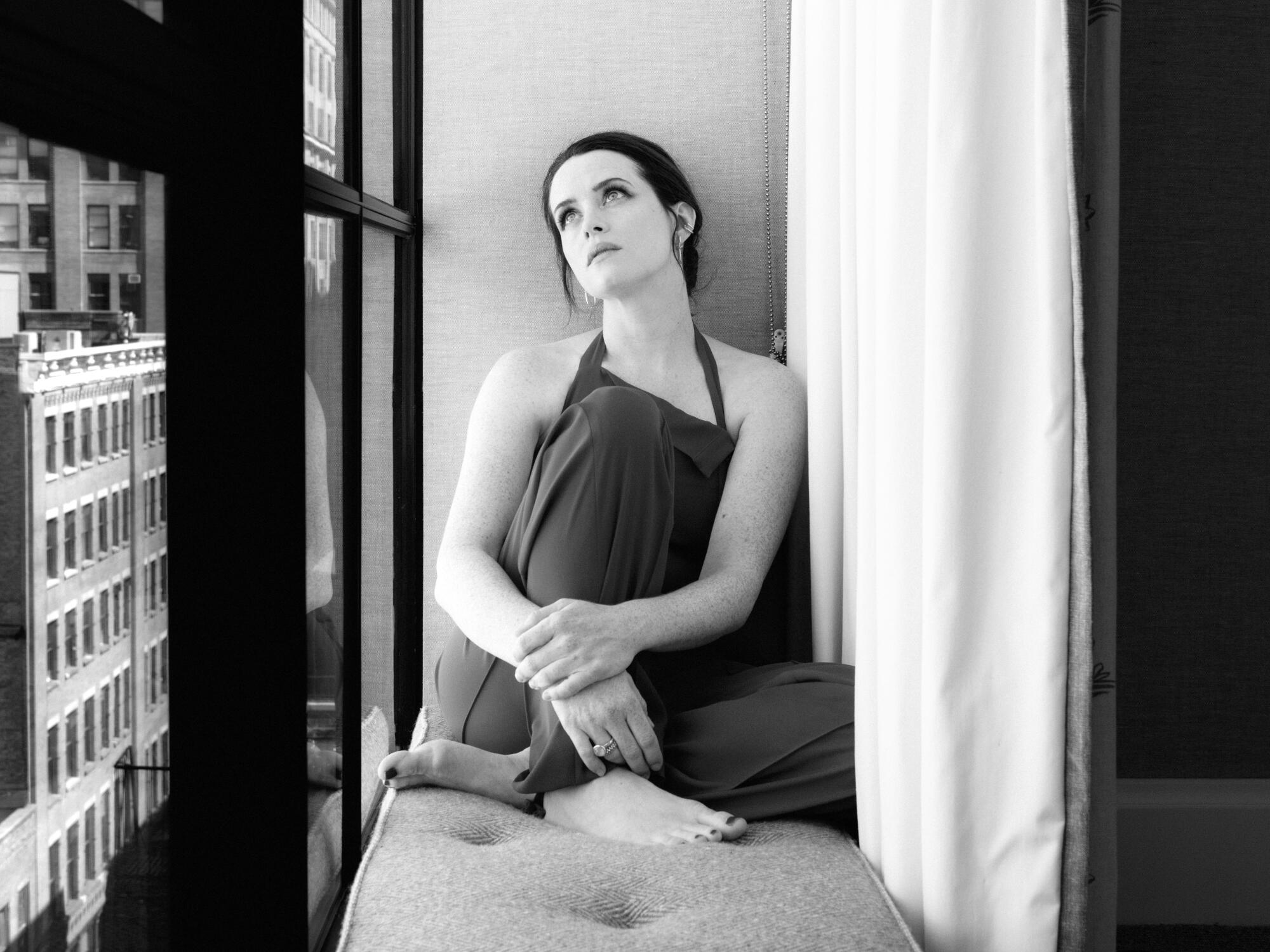
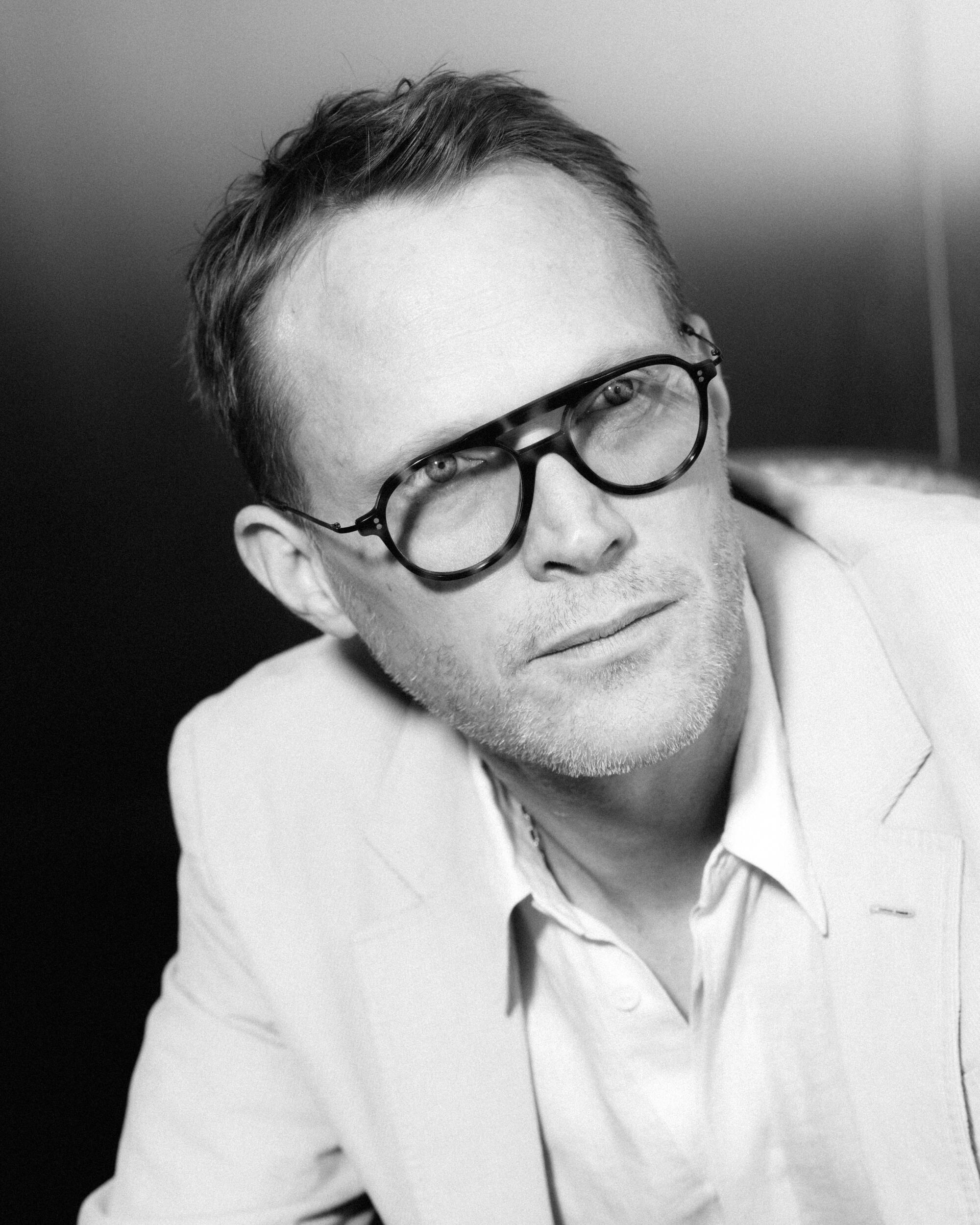
Both actors did the requisite research ahead of filming, including looking at old footage and reading about the court proceedings, during which Margaret was publicly vilified for her adultery. But, ultimately, they were trying to create a psychological understanding of Ian and his infamous third wife, whose relationship is portrayed over several years. Foy calls them “extreme characters,” and it was essential to the actors to know why each did the terrible things they did.
“She’s a hard one to pin down in lots of ways, because she had so much spoken about her,” Foy says of Margaret, who was known as the “Dirty Duchess.” “She’s like one of those characters in Shakespeare that everyone’s talking about, and then they arrive. That’s quite difficult if you’re an actor, because what you hear is a lot of noise about the character from all the different books about her and even the way she wanted to portray herself. But, fundamentally, you have to make sense of the action in the scenes and why she behaves in that way. You can’t excuse someone’s behavior, but what you do in our job is that you get to know people and why they behave like that.”
The series depicts some particularly dark moments between the couple, who came to physical and emotional blows. Despite the maliciousness in the story, Bettany found performing it compelling, although not always easy.
“Even in some of the scenes that are cruel, Sarah Phelps wrote some pretty pithy dialogue,” he says. “Fun is not the right word, but there’s something ‘Who’s Afraid of Virginia Woolf’ about the enjoyment of each other’s cruelty. And him enjoying her when she’s clever and lands a punch. And then some of the other scenes were a little more distressing to make.”
Once she got past her initial resistance, Foy, who earned three Emmy nominations and two actual statues for her portrayal of Queen Elizabeth on “The Crown,” found very few similarities between this character and her formative one. She wanted to avoid stereotyping Margaret as too flirty or overtly sexy in a specific way. Ultimately, Foy hopes the series makes a point about how we understand and subsequently judge women’s sexuality.
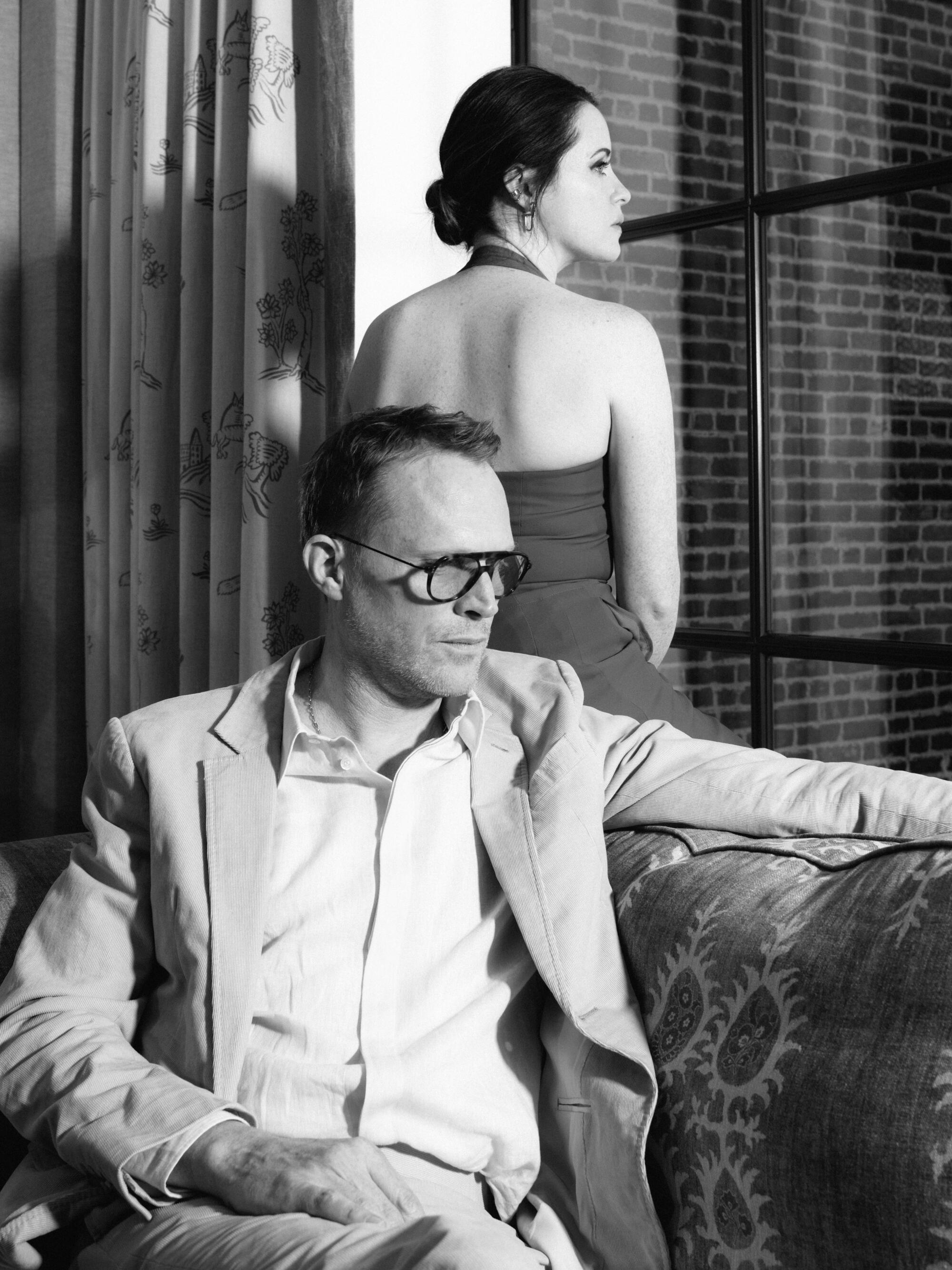
“It was about the idea that someone’s sexuality can just be defined by themselves,” she notes. “And it doesn’t have to be clichéd or some crazy proclivity to some strange fetish or something to make them interesting. There were three different women in the room — me and the director and the writer — and we had completely different opinions about what our sexuality was and how we wanted it to be portrayed. It was really, really interesting.”
After making “A Very British Scandal” together, Foy and Bettany have nothing but praise for the other, and hope to team up again.
“It’s an emotional and fascinating experience,” Foy says of working with Bettany. “I think he’s just a really exciting actor — like, really exciting. He’s got so much force.”
Bettany adds, “She’s surprising, and her choices are surprising, and that’s amazing to work with. The scene reads a certain way, and then [Claire] comes in and offers something so different from what you might have had in your head. That’s really refreshing.”
More to Read
From the Oscars to the Emmys.
Get the Envelope newsletter for exclusive awards season coverage, behind-the-scenes stories from the Envelope podcast and columnist Glenn Whipp’s must-read analysis.
You may occasionally receive promotional content from the Los Angeles Times.

